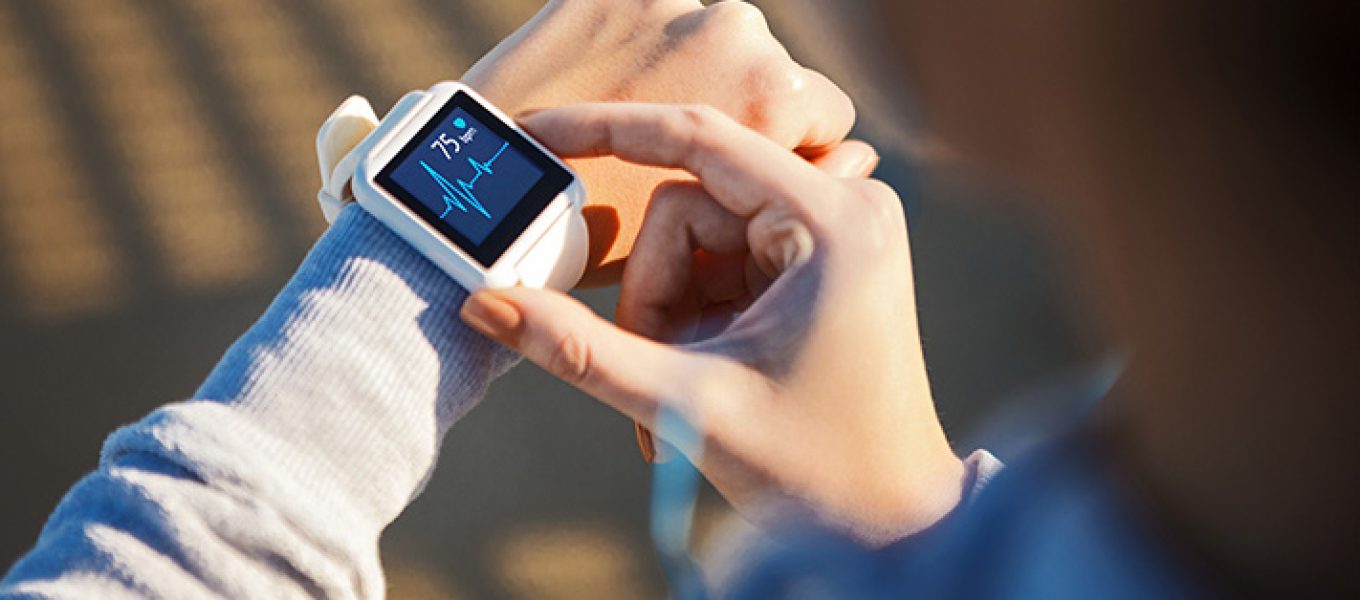As Australians, we’re lucky to have access to one of the best healthcare systems in the world. However, like many healthcare systems worldwide, ours is facing issues that are driving the need for change.
An ageing population, rising prevalence of chronic disease and workforce shortages are putting our system under increased pressure. In fact, the statistics are quite confronting.
Population projections for Australia suggest that there will be four million people aged between 65–84 years by 2022, with rapid acceleration of some age groups (over 65, over 85) in the next ten years.
Healthcare and social assistance workforce demand is expected to increase by 14.9% over the next four years. This demand will exceed supply, predominantly for the nursing workforce, with a projected shortfall of 123,000 nurses by 2030.
In addition to this, changing customer expectations are driving a need for more personalised, digital, seamless and integrated care experiences. Therefore, we need to adapt.
The future of Australian healthcare calls for innovative technology and a shift in focus to prevention, rather than cure. So, what does that look like?
Digital health
Digital health is expected to become an integral part of the future of the Australian healthcare system. Technology, including smart devices, mobile health and telehealth – all linked through a digital health record – will enable a more holistic approach to care.
Technological solutions will remove distance and mobility barriers, meaning more accessible and affordable healthcare for more Australians. It’s something we support.
Research commissioned by the Australian Digital Health Agency found that Australians are now more open to using digital technology in healthcare and can see the importance of it to improve health outcomes.
Agency CEO, Bettina McMahon, said, “this new research shows that we can expect digital health to remain a feature of healthcare into the future, now that consumers and healthcare professionals have experienced the convenience and benefits technology can bring.”
McMahon added that the agency is working with relevant software companies to develop education and training materials and working with the tech industry to integrate all relevant data.
“The importance of using technology to support our health workers to improve patient outcomes cannot be underestimated. We are working hard to improve their experience with technology so that Australians can benefit from digital health in the ‘new normal’ of health service delivery.”
Digital health will have multiple benefits. Health information will be easily accessible and exchangeable, as will prescription and medication information. Having access to a digital health record will also be more convenient and empowering for patients regarding healthcare outcomes.
Virtual healthcare
Telehealth is predicted to continue as a standard part of our healthcare system, supporting homes, residential care facilities, general practices, mental health support, community health centres and remote medical services.
Earlier this year, the Australian Government strengthened its existing telehealth arrangements as recommended by the Australian Medical Association (AMA), the Royal Australian College of General Practitioners (RACGP) and other medical experts.
While the telehealth reform was initially introduced as a key part of the COVID-19 response, its success has cemented its place in the future of Australian’s health.
“Telehealth has been enthusiastically accepted by doctors and patients alike. I hope and intend for telehealth to be a positive legacy of this crisis and am already engaged with the medical community in planning a long-term future for telehealth,” said The Hon Greg Hunt MP, Minister for Health.
Nicole Gillespie, the KPMG Chair in Organisational Trust and Professor of Management at the University of Queensland Business School, also believes telehealth is here to stay.
Further to studying telehealth, she said “It is the way of the future because it provides more convenient and timely access to healthcare, greater equity of access for rural and remote patients, and can enhance clinical effectiveness and efficiency in certain areas, such as chronic disease management. And as the pandemic has shown, it can reduce risk of infection for both patients and healthcare workers.”
Artificial intelligence and robotics
While the use of artificial intelligence (AI) and machine learning in healthcare is still relatively new, experts are predicting that that will soon change.
In fact, a number of AI solutions are currently being developed to power ‘virtual nurses’, reduce unplanned hospital readmissions, predict eye disorders in diabetic patients and assess pain levels in people with dementia.
Similarly, The Morrison Government has recently invested $19 million in medical research projects using artificial intelligence (AI) technologies, to improve the ways we prevent, diagnose and treat a wide range of health conditions.
Early detection and diagnosis of disease via AI will help doctors better determine how to treat patients. It could also help to improve healthcare service delivery and relieve some of the financial burden of managing a growing and ageing population.
Australians are ready for it.
A recent survey found that more than 80% are comfortable with AI being used to diagnose common medical problems and interpret test results; 58% say AI is a major step towards earlier disease detection and reduced incidence of death; 57% think it will result in approved accuracy; and 53% think it will keep long-term hospital patients comfortable at home.
Increased use of wearables
As digital healthcare grows, so too will the focus on prevention and wellbeing. Part of this comes via wearable technology.
According to research from GlobalData, the wearables market is projected to grow 137% by 2024. And it’s not surprising. Increased and engaged use of such technology, driven by data and algorithms, enables patients to monitor their own health more closely. Patterns created via data will help highlight when intervention is needed.
Sharing the data with doctors and medical professionals will create a holistic approach, as well as offering real time care and quicker treatment.
“Wearables are already tracking data such as heart rate, blood sugar levels, blood pressure, and other vital statistics, taking the pressure off the patient to manually complete these analyses. Doctors and nurses can then download the readings for a complete picture of a patient’s health,” said GP and MedicalDirector’s Chief Clinical Advisor, Dr Charlotte Middelton.
Dr Middelton notes that heavy patient loads for doctors and a shortage of medical staff in remote areas can limit the amount of in-clinic or hospital visits for patients.
“However, through the use of wearables, medical personnel can conduct remote patient monitoring. Similarly, in the event of a health scare or crisis, patients can quickly send data to their medical team for analysis.”
While the challenges that Australia’s healthcare system faces are a reality, so too are the innovations and strategies to combat them. With forward thinking and timely responses, we can deliver better health outcomes for all. A healthy approach today means a healthier population tomorrow.
Author – Unidex Healthcare Recruitment



